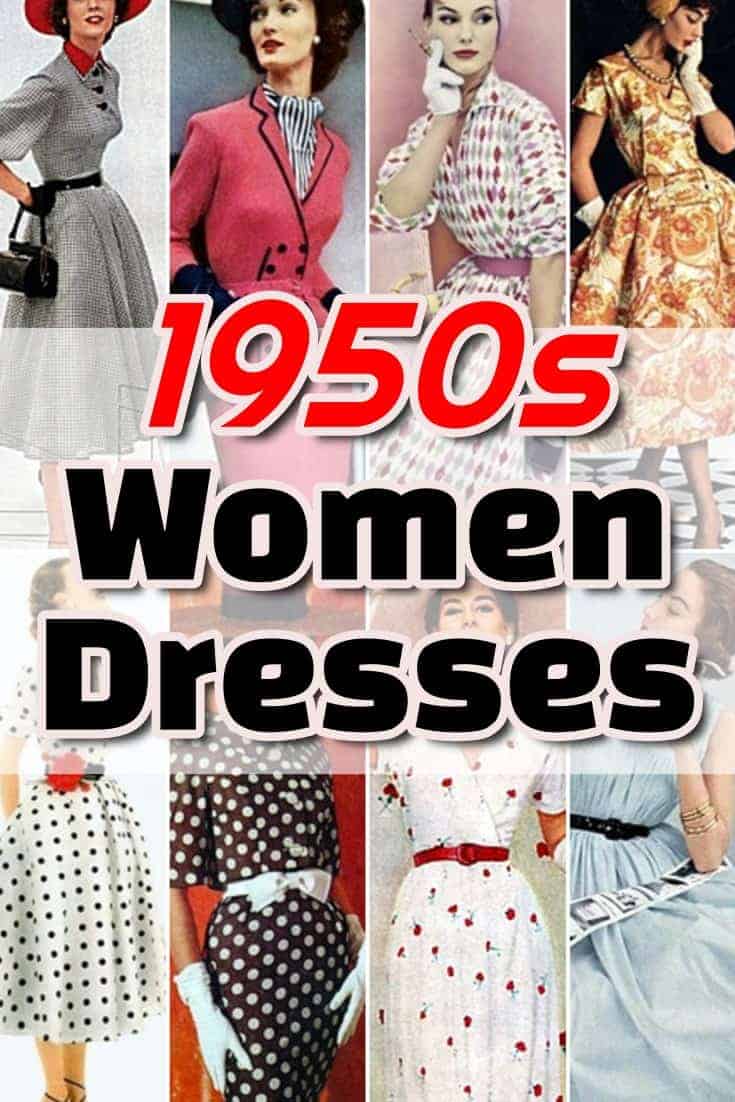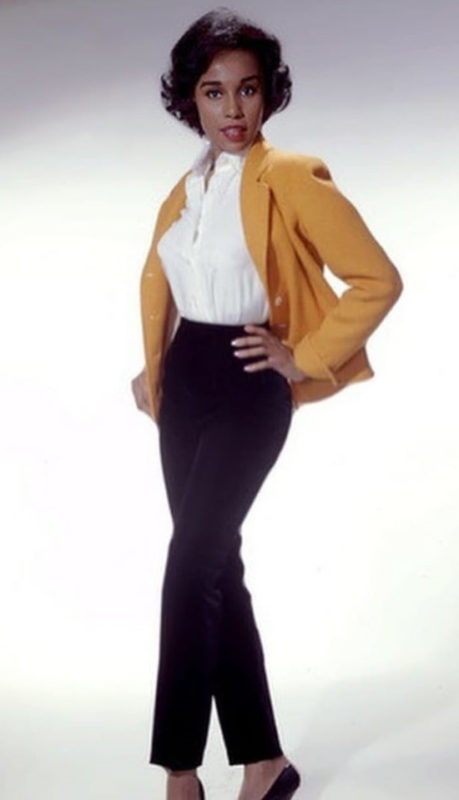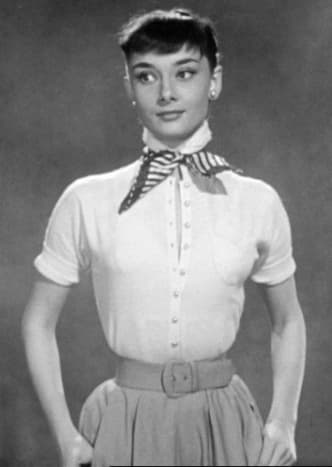A Guide to the Iconic Women’s Clothing Styles of the 1950s
The 1950s were a transformative decade for women’s fashion, marked by a return to traditional femininity and elegance after the austerity of World War II. This era saw the rise of iconic styles that have since become synonymous with the period, reflecting the cultural shifts and the emergence of new social roles for women. In this guide, we will explore the key elements that defined the women’s clothing styles of the 1950s, from the classic silhouettes to the innovative fabrics and accessories that adorned them.
Classic Silhouettes
The 1950s are often remembered for their hourglass figure, with women’s clothing designed to accentuate the waist and hips. The wasp-waisted dress, cinched at the smallest part of the torso, was a staple of the era. Below the waist, full skirts with petticoats provided volume, creating a distinctive silhouette. The  image above showcases the elegance and structure of these dresses, which were often made from fabrics like taffeta, silk, and cotton. The fullness of the skirt was achieved through the use of crinoline or petticoats, which were essential undergarments for the fashionable woman of the 1950s.
image above showcases the elegance and structure of these dresses, which were often made from fabrics like taffeta, silk, and cotton. The fullness of the skirt was achieved through the use of crinoline or petticoats, which were essential undergarments for the fashionable woman of the 1950s.
Innovative Fabrics
In addition to the classic silhouettes, the 1950s saw the introduction of new fabrics that added a sense of luxury and novelty to women’s clothing. Synthetic materials like nylon and polyester became popular for their ease of care and durability. These fabrics were often used in the creation of lightweight dresses, stockings, and blouses. The  image illustrates the use of these materials, which allowed for a greater range of colors and patterns to be incorporated into women’s wardrobes. The availability of these new fabrics also led to the popularization of casual wear, as women could now enjoy the comfort and practicality of these materials in their everyday attire.
image illustrates the use of these materials, which allowed for a greater range of colors and patterns to be incorporated into women’s wardrobes. The availability of these new fabrics also led to the popularization of casual wear, as women could now enjoy the comfort and practicality of these materials in their everyday attire.
The Rise of Casual Wear
While formal attire was still an essential part of a woman’s wardrobe in the 1950s, there was a growing emphasis on casual wear. This shift was reflected in the popularity of separates, such as skirts and blouses, which allowed for greater versatility and ease of dressing. The  image above depicts the casual elegance that could be achieved with separates, as well as the introduction of pants for women, which were a bold departure from traditional dress codes. The use of casual wear also extended to leisure activities, with women donning comfortable yet stylish outfits for activities like gardening, picnicking, and attending social events.
image above depicts the casual elegance that could be achieved with separates, as well as the introduction of pants for women, which were a bold departure from traditional dress codes. The use of casual wear also extended to leisure activities, with women donning comfortable yet stylish outfits for activities like gardening, picnicking, and attending social events.
Accessories and Footwear
Completing the look of a 1950s woman was an array of accessories and footwear that added a touch of sophistication to her attire. Gloves, hats, and scarves were essential for the well-dressed woman, often matching the color and material of her outfit. The  image showcases the importance of these accessories in creating a polished and coordinated look. Footwear was equally important, with high-heeled pumps and sandals being the preferred choice for formal occasions, while flats and low-heeled shoes were more common for everyday wear. The style and color of the shoes often matched the outfit, ensuring a harmonious and stylish appearance.
image showcases the importance of these accessories in creating a polished and coordinated look. Footwear was equally important, with high-heeled pumps and sandals being the preferred choice for formal occasions, while flats and low-heeled shoes were more common for everyday wear. The style and color of the shoes often matched the outfit, ensuring a harmonious and stylish appearance.
Conclusion
The women’s clothing styles of the 1950s were a reflection of the era’s cultural and social dynamics. The return to traditional femininity was evident in the silhouettes and fabrics chosen, while the rise of casual wear and the introduction of new fabrics and accessories signaled a shift towards a more relaxed and versatile approach to fashion. These styles have left a lasting impact on the fashion industry and continue to inspire designers and fashion enthusiasts alike.






